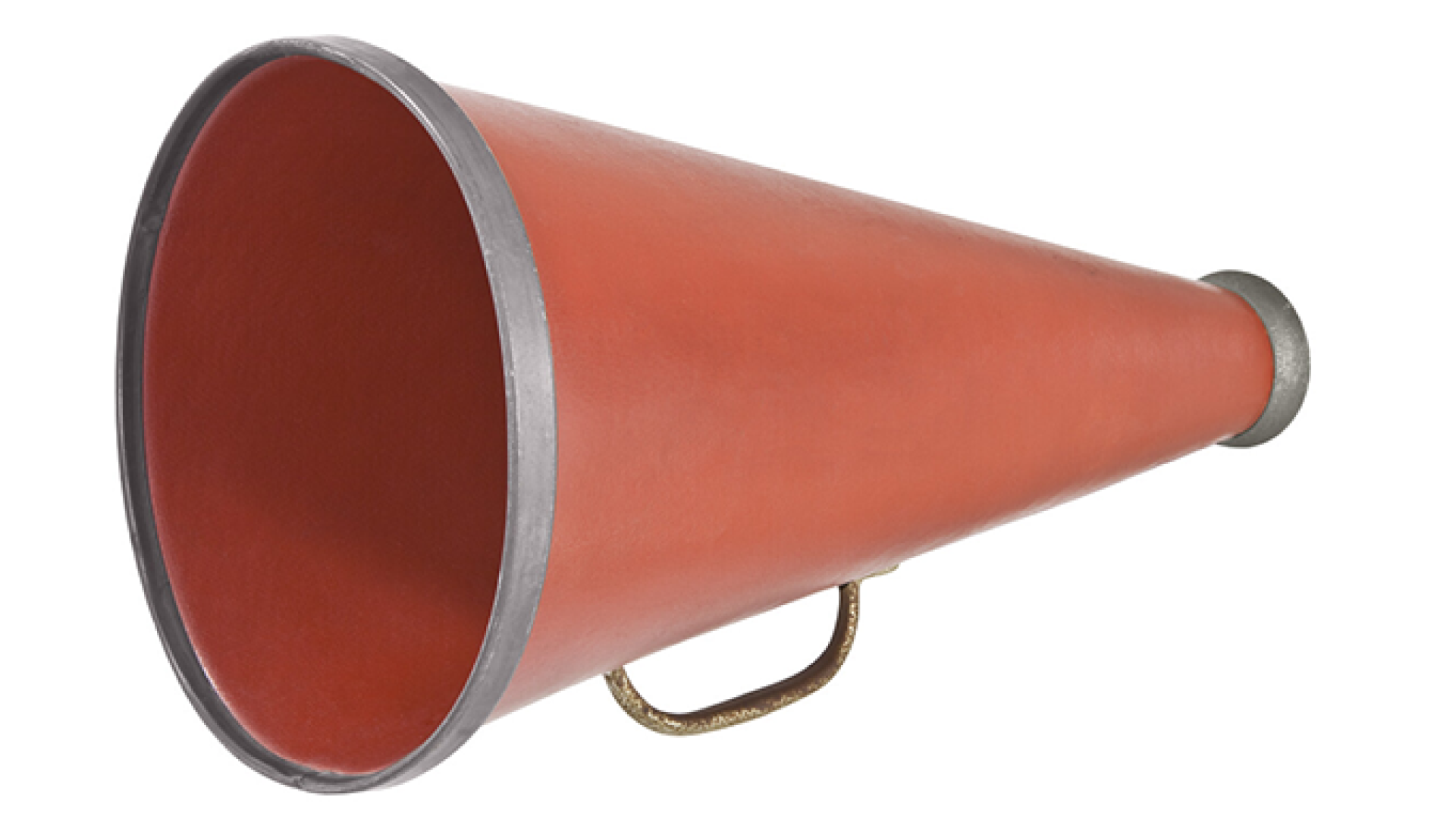This workshop was started for the Balzin' in Beauly Festival 2008. I has been refined and expanded for this website.
To understand how to amplify an instrument successfully it is useful to start by asking “Why do we want to amplify”?
There are various reason to amplify an acoustic instrument;
1. to compete with other electric instruments
2. to produce a more pleasing atmosphere
3. to change the sound or add effects.
The next question to ask is “How do we amplify”?
There is not one simple answer; every instrument is different and each musician is different. The same microphone moved from one instrument to another can give quite different results. Whereas the microphone may work well and reproduce the characteristics of one violin, when moved to another it may not. Equally one musician may like the sound a particular microphone produces but another musician may prefer a different one. For these reasons different microphones should be tested before the final choice is made.
All Accusound microphones are fixed to the instrument so once they are positioned they are always in the correct position no matter how much the musician moves during playing so gives a more consistent sound.
There are two basic types of microphone,
1. capsule microphone – picks up sound from the air
2. contact microphone – picks up the vibration of the panel.
For an explanation of the different types of microphones see the workshop “Types of microphone” Accusound make two different styles of capsule microphone for the violin or fiddle.
The flexible neck microphone connects to the tailpiece of the violin and has a short flexible neck to bring the microphone to the f hole. The final position of the microphone can make significant difference to the sound so some experimenting with the location should be carried out to achieve the sound sought after.
The suspension microphone clips on to the strings just behind the bridge, the microphone is positioned 5mm away form the bridge.
Both the above are normally available as directional microphones which give better protection against feedback in live performances, or as omni-directional microphones.
Accusound make a single contact microphone for violin but this maybe used in two different locations. Originally designed to fit under the tailpiece and held against the body of the violin by a shaped piece of foam, this contact microphone may also be placed under the foot of the bridge.
Both of the capsule microphones pickup the sound of the violin plus an amount of the ambience of the violin, but each violin will sound different.
The contact microphone picks up the vibrations of the body of the instrument and much less of the ambience. This has the advantage that the instrument can be made much louder before feedback becomes a problem but it can suffer by sounding much dryer but again each violin s different.
A good microphone signal is essential to achieve successful amplification. The amplifier is equally important. Although guitar type combo amplifiers can be used, to achieve the best of a violin an acoustic combo amplifier should be used. A common guitar amplifier generally has it’s own sound characteristic and not necessarily what you want. An acoustic amplifier is designed to faithfully amplify the input signal, the only alterations or colouration being those deliberately imposed by the user. (See Accusound AMA-60 amplifier)
Once you have captured the sound energy as an electrical signal you have the ability to manipulate this signal, if you so desire, using the vast range of special effects pedal available on the market. Effects such as distortion, flange, reverberation or perhaps more useful effects such as looping where you can play a section of music and have it continuously played back as a second musical part. (more can be read about this else where on this website). Although Accusound microphones use XLR connectors and phantom power, Accusound produce a unit called a breakout box which allows these signals to be connected through the widely available effects pedals. (See Breakout Box elsewhere on this website for more information)


